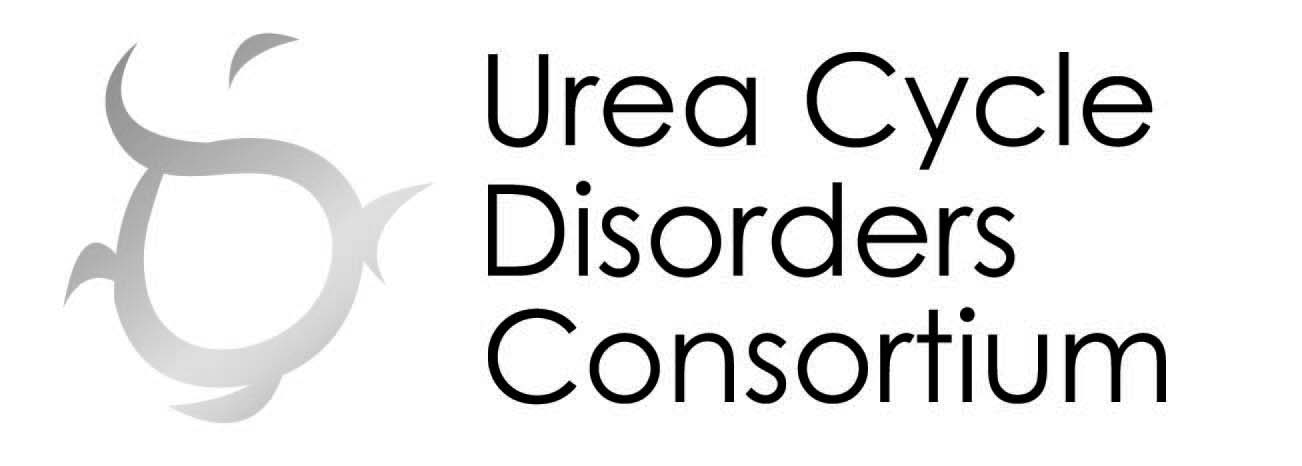Diseases Studied
The Rare Diseases Clinical Research Network is an NIH-funded research network of 21 active consortia or research groups working to advance treatment for diseases that are rare. Use the search tools on this page to find the diseases we currently study. You can reach out to the indicated consortia or research groups for more information on those diseases and studies underway.
This network focuses on clinical research and does not generally support clinical care outside of research activities. To learn about other rare diseases, please visit the Genetic and Rare Diseases Information Center (GARD), which is an NIH program that helps the public find reliable information about rare and genetic diseases. Their staff are specialists. Contact them at 1-888-205-2311 or email GARDinfo@nih.gov.
All Diseases > Urea cycle disorders
Urea cycle disorders (UCD)
Disease Category: Urea Cycle Disorders
A urea cycle disorder is a genetic disorder that results in a deficiency of one of the six enzymes in the urea cycle. These enzymes are responsible for removing ammonia from the bloodstream. In urea cycle disorders, nitrogen builds up in the blood in the form of ammonia, a highly toxic substance, resulting in hyperammonemia (elevated blood ammonia). Ammonia then reaches the brain through the blood, where it can cause irreversible brain damage, coma and/or death.
Research groups studying this disease
Urea Cycle Disorders

Urea Cycle Disorders Consortium (UCDC)
Recruiting
5101: Longitudinal Study of Urea Cycle Disorders
Long-term observation of the impact of UCDs on physical and neurological functioning, the relationship between health indicators and disease severity and the efficiency of UCD therapies.
5111: Orphan Europe Carbaglu® Surveillance Protocol In Collaboration with the Longitudinal Study of Urea Cycle Disorders
A post-marketing surveillance of carglumic acid (Carbaglu) to obtain long-term clinical safety information. Carglumic acid was approved by the United States Food and Drug Administration (FDA) for treatment of acute hyperammonemia due to N-acetylglutamate synthase (NAGS) deficiency.
5113: Biomarkers of Neurological Injury and Recovery in Urea Cycle Disorders
Study of how UCDs affect thinking, body chemistry and brain structure using magnetic resonance imaging (MRI) and behavioral testing.
5119: Electrographic Seizures in Hyperammonemia
The purpose of this research is to determine if silent seizures (electrographic seizures) occur during a hyperammonemic (HA) episode in patients with urea cycle disorders (UCD). Urea cycle disorders lead to increased ammonia due to problems breaking down protein. The symptoms of UCD may present at birth, childhood or adulthood (milder deficiencies) and are associated with cognitive deficits, changes in behavior, brain swelling and seizures. Sometimes the seizures are not clinically obvious, but can be picked up if a video recording and concurrent EEG is used, also known as a continuous video electroencephalogram (cVEEG). cVEEG is used in many intensive care units across the country to pick up seizures. We want to determine if having seizures due to HA leads to any adverse cognitive outcomes, and want to use the EEG to identify any changes that may be associated with that.
5120: Noninvasive Biomarkers of Hepatic Fibrosis in Urea Cycle Disorders
The purpose of this study is to measure liver stiffness and chemicals in the blood that test liver injury and function in four urea cycle disorders
5121: Neurodevelopmental Assessments in the Longitudinal Study of Urea Cycle Disorders: Comparison of Standard (Traditional) Neuropsychological Battery and NIH Toolbox
We are doing this study to see how the results of two sets of tools used to measure developmental progress relate to one another and how acceptable completing each of these measures is to children and families of children with Urea Cycle Disorders. We are anxious to make longitudinal assessment (repeated observations over time) of cognition easier, quicker and more accessible for families of children with urea cycle disorders. In order to do so we want to understand the relationship between the 2 sets of measures.
Not Yet Recruiting
5123: Novel food photography method to measure dietary intake in patients with UCDs
The purpose of this research study is to test a new method to measure food intake using smart phone photos of your food before and after meals. We will compare the smart phone food photos to a 3-day diet record and we will measure how many calories you burn.
National Urea Cycle Disorders Foundation
Leads the fight to conquer urea cycle disorders (UCD) and drive critical research to improve outcomes while supporting families.
